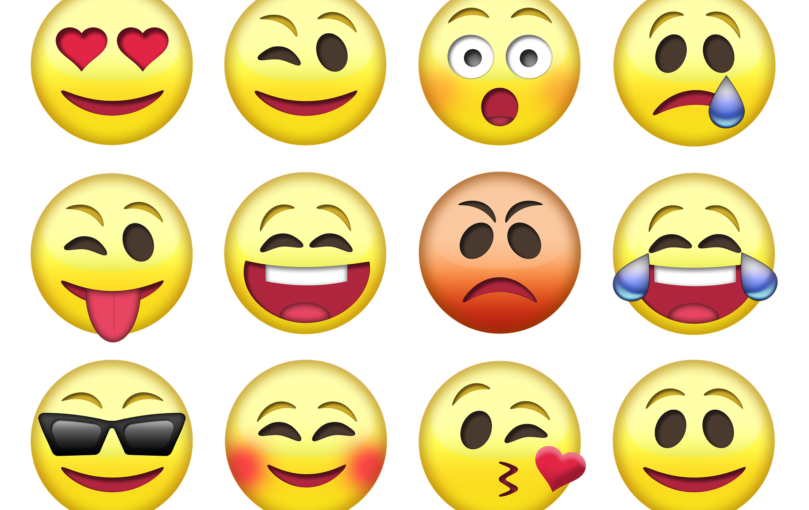In the summer of 2016, the Editors of Time magazine published a special edition book (and Ebook) called, The Science of Happiness: New Discoveries for a More Joyful Life. To communicate feelings of happiness, the book’s cover displayed a series of emojis that signaled happiness, joy, or love…but what if an individual is not familiar with emojis and what each is to signify? Since the ancient Greeks used hieroglyphics to convey meaning, humans have been using words, images, and body gestures as language to communicate. If individuals do not speak the same language when communicating, whether that be with words, images, or body language, messages can be severely misinterpreted.
Do You Google?
Have you ever Googled what an emoji meant—or worse—misinterpreted an emoji only to cause a disagreement or upset someone? Emojis are so common in today’s culture that the American Dialect Society included a special category for emojis in their 2015 Word of the Year proceedings where they vote on top words in various categories. The most notable emoji was the eggplant, or, “aubergine,” emoji as it is now termed in order to gain admittance into the Unicode 6.0.
Translation Test
Test your emoji translation skills.
 |
Used to express love or used to express vanity? |
 |
Used to express distress or used to express fright? |
 |
Used to express a deliberate lack of response or used to express boredom? |
 |
Used to express sadness or used to express laughter? |
Translation Of Words, Images, and Body Language
While an emoji may not appear in an immigration document or in a loan application, seals, marks, and signs of approval do and may signify different levels of authority in different countries. Likewise, when translating these documents from one language to another, it’s important that a translator understand the local government and the native language used in order for documents to be legal and executed correctly. TransForma linguists are experts in interpreting the language they are translating, whether that be words, images, or body language, and correctly and expressively translate meaning from one entity to another. TransForma facilitates effective communication between individuals and companies who do not speak the same language. Email request@transformaonline.com or call (305) 722-3827 for help translating any language.





